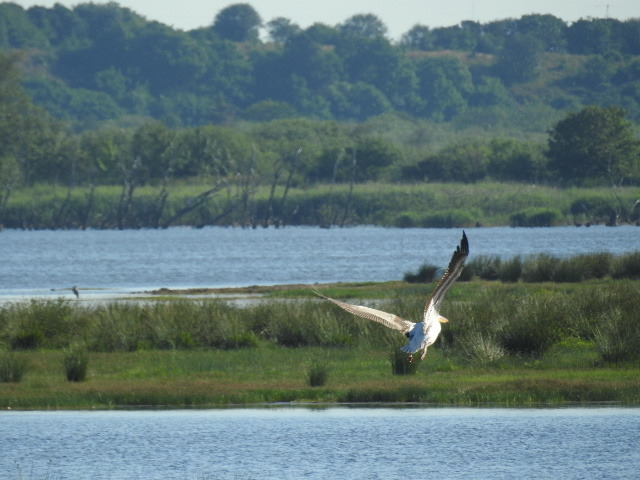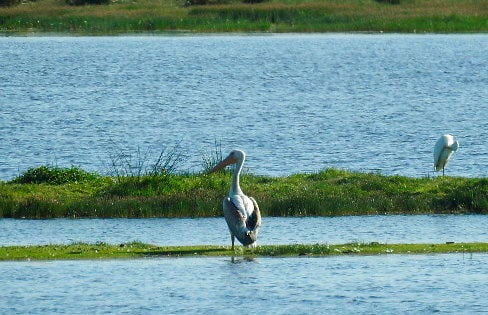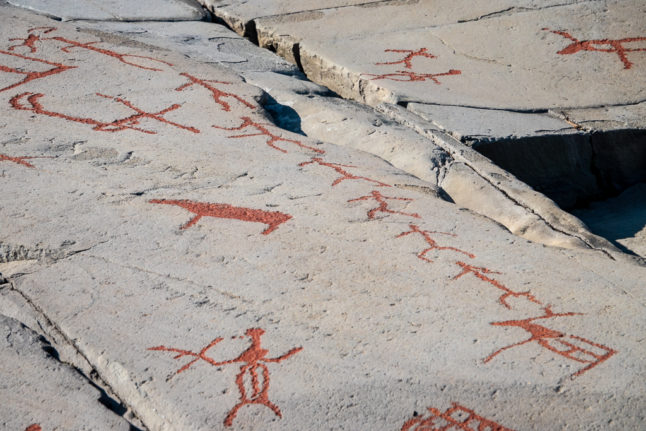The animal was first seen at Filsø in the southwest of the country before twice being observed further north in Vejlerne.
Sightings of pelicans in the wild are a very uncommon occurrence in Denmark, said Henrik Haaning Nielsen, an ornithologist with the Danish Ornithological Society (DOF).
“This is very, very unusual. There have been very few sightings of pelicans in Denmark. No more than ten,” Nielsen said.
According to the ornithologist, who has seen the pelican, the bird is around a year old.
“The pelican has probably been brought north to Denmark by the latest heatwave from the southeast. It was seen in Germany before it got to Filsø and Vejlerne,” he said.

Photo: Bent Jakobsen/Blåvand Fuglestation/Ritzau Scanpix
“Younger birds are known for being adventurous and can sometimes take a detour. Those two things combined could mean this is a spontaneous and wild animal,” Nielsen added.
The best spot for birdwatchers who want to get a glimpse of the pelican could be Skagen, Denmark’s northernmost town, the DOF ornithologist said.
“Perhaps it will fly to Skagen and then turn its beak southwards again before maybe settling in Lille Vildmose [Jutland nature reserve, ed.] or Ulvedybet [lake] for a day. We’ll probably find out, because it’s hard to miss,” he said.
The pelican is unlikely to remain in Denmark for long, however.
“It’s probably too cold for the pelican to thrive here. I don’t think it will stay for more than a couple of days,” Nielsen said.
White pelicans breed in small numbers in Europe in the Black Sea region including in Ukraine, where populations have grown slightly in recent years.
The species was last seen in the wild in Denmark in 2013 in Aabenraa near the German border, and before that on the island of Læsø in 2010.
READ ALSO: Rarely-seen falcon makes unexpected early visit to Denmark



 Please whitelist us to continue reading.
Please whitelist us to continue reading.
Member comments